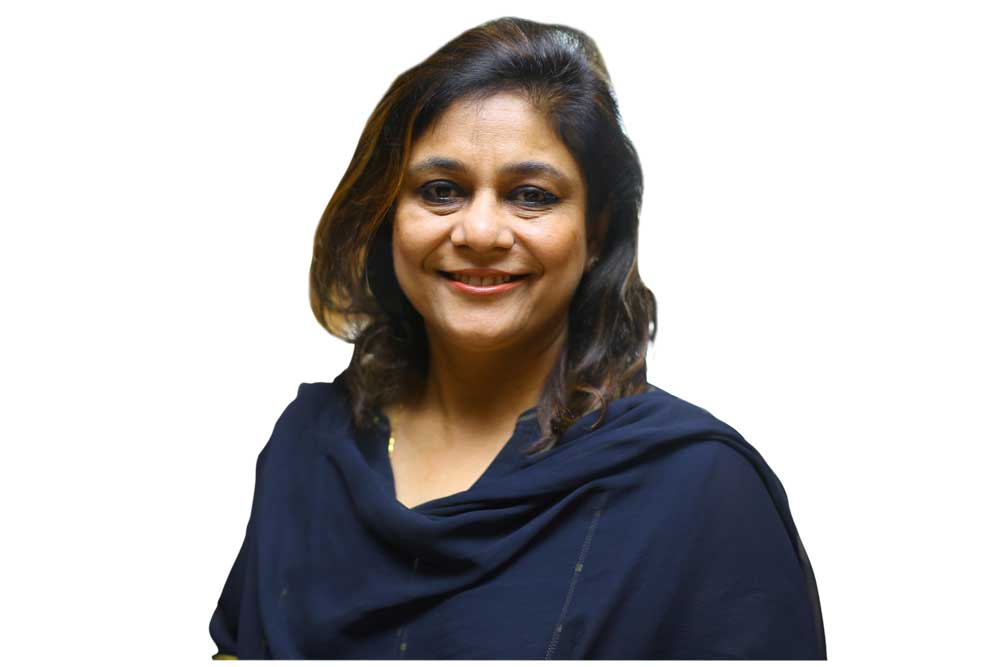Despite understanding the importance of proper tax planning, we defer such decisions till the end of the tax year, only to invest money in haste. Thus failing to make the right investment choices. There are several instruments through which one can save tax and meet investment goals. While some of the instruments yield tax exempt returns, others yield taxable returns. Therefore, before proceeding to invest, one should keep in mind factors such as purpose of investment, taxability of returns, safety, liquidity, and tax deductions.
The Income-tax Act, 1961 (ITA) provides for an overall deduction of up to Rs1,50,000 under Section 80C. Also, investments under the National Pension Scheme (NPS) could fetch an additional tax deduction of up toRs50,000 under Section 80CCD(1B) of ITA. Health insurance for family and parents could also generate an additional tax deduction of up to Rs75,000 under Section 80D of ITA. The interest earned from NSC, SCSS, FD is fully taxable. Hence, even though these instruments help in saving tax for the current year, the interest income becomes a tax liability each year until maturity or withdrawal. For instance, the post-tax return on FD of seven percent would be 4.9 per cent for a taxpayer who pays 30 per cent tax.
Taxpayers who fall in the higher slab rates can opt for instruments which are exempt-exempt-exempt (EEE) status on the income earned. The principal amount invested in these instruments is eligible for deduction under Section 80C of ITA, income earned during the intervening period is exempt from tax and withdrawal proceeds are also completely exempt.
Outlined below are some of the investment options that can help to earn a tax-free income, and also save tax at the time of making investment:
Public Provident Fund (PPF):
PPF is an investment account, which can be opened through post offices and most major banks or online with few banks for a tenure of 15 years, which can be extended indefinitely in a block of five years. A taxpayer has to contribute a minimum of Rs500 and a maximum of Rs1,50,000 during the tax year. Return on investment on PPF is around eight per cent and is reviewed quarterly. The PPF interest and maturity value is tax-free.

Equity Linked Savings Scheme (ELSS):
ELSSs are diversified equity mutual funds with a lock-in period of three years and the investment amount qualifies for benefit under Section 80C of ITA. The return in ELSS is dependent on the performance of equity markets and hence is not fixed. Someone who is looking for a regular income, can opt for a dividend option and those wanting to save for long term can go for growth option under ELSS. Long Term Capital Gain exceeding Rs1,00,000 on transfer of ELSS is now taxable at 10 per cent.
Sukanya Samriddhi Yojana (SSY):
SSY is a small deposit scheme for the girl child under which an account can be opened any time after the birth of a girl till she turns 10. A minimum of Rs1,000 to a maximum of Rs1,50,000 can be deposited during the ongoing financial year, qualifying for Section 80C benefit and the maturity benefits are non-taxable. The account will remain operative for 21 years from the date of its opening, or until the marriage of the girl after she turns 18. Currently, SSY offers the highest tax-free return (8.5 per cent per annum).
National Pension Scheme (NPS):
A partial EEE scheme, NPS provides deduction of Rs50,000 under Section 80CCD(1B) in addition to deduction of `1,50,000 at the time of contribution. Accumulation to NPS is also tax exempt. The account matures at the age of 60, wherein an investor can withdraw 60 per cent of the accumulated corpus, tax-free. However, the remainder 40 per cent needs to be utilised to buy an annuity, which is taxable every year.
Therefore, one needs to be careful to plan investments to save tax as well as have a financially stable future.
The author is the Senior Director of Deloitte Haskins and Sells LLP

